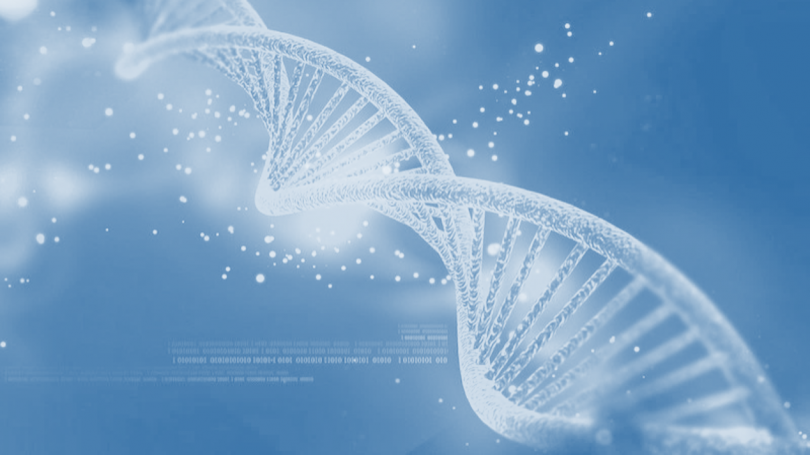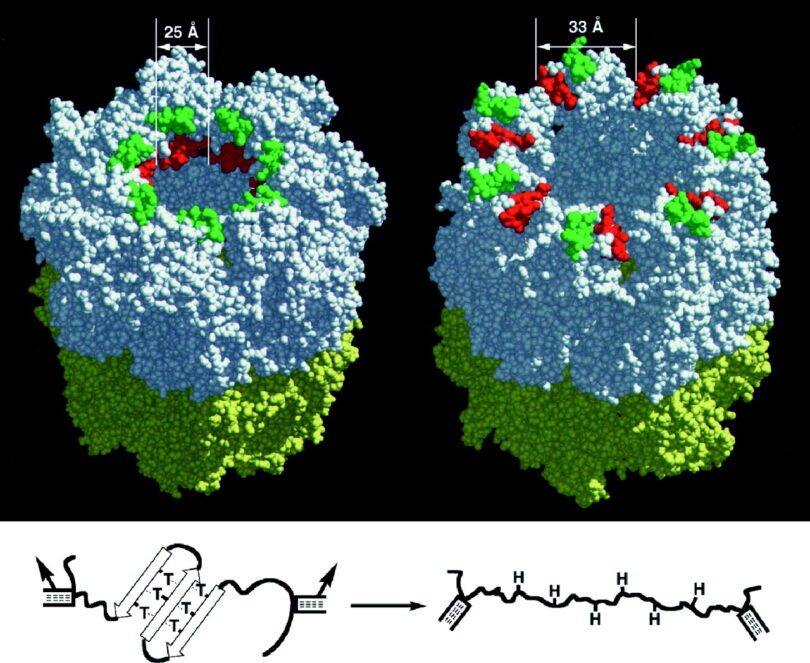Published in Geology, a peer-reviewed journal of the Geological Society of America, scientists report on DNA found in fossilized sediments from the bottom of the Bering Sea. They report that they were successful in their attempts to find DNA, even from sediments supposed as being 1.4 million years old while ignoring (the rather shocking matter) that empirical science has demonstrated that the half-life of DNA in bone is thousands of years.
The scientists ignore this paradoxical conclusion that DNA detection only possible on samples a few thousand years old as a maximum.
1) Half-Life limits DNA stability to thousands of years under the best conditions;
2) Wet sediment should accelerate the decay of biological molecules;
3) Results found more DNA present in much “older” sediments which defies the observable science of entropy.
Geology, “Fossil DNA persistence and decay in marine sediment over hundred-thousand-year to million-year time scales”, July 2009


